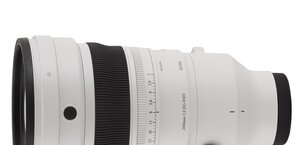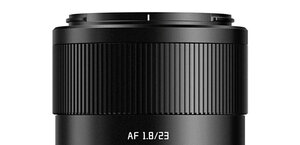Venus Optics LAOWA 6 mm f/2 Zero-D MFT
5. Chromatic and spherical aberration
 |
Now let's the situation of lateral chromatic aberration correction – an appropriate graph can be found below.

Please Support UsIf you enjoy our reviews and articles, and you want us to continue our work please, support our website by donating through PayPal. The funds are going to be used for paying our editorial team, renting servers, and equipping our testing studio; only that way we will be able to continue providing you interesting content for free. |
- - - - - - - - - - - - - - - - - - - - - - - - - - - - - - - - - - - - - - - - - - - - - - - -
Basically, the chances of perceiving this aberration you get only at the maximum relative aperture where it is 0.115%, a level we consider to be medium. The aberration decreases swiftly on stopping down the aperture so in the f/2.8-4.0 range it is low and up from f/5.6 even very low.
| Olympus E-M5 II, RAW, f/2.0 | Olympus E-M5 II, RAW, f/8.0 |

|

|
Spherical aberration
The parameters of the tested lens don't allow to assess easily the degree of correction of spherical aberration. A very significant depth of field makes it very difficult to find out whether there is any focus shift effect and there are also problems with creating significantly big defocused circles of light on both sides of the focus.It seems that, while passing from f/2.0 to f/2.8, the depth of field moves toward greater distances. Additionally, circles of light, even if small, differ significantly from each other. There is also the fact that image quality at the maximum relative aperture is distinctly weaker than images by f/2.8.
All these factors make us think that spherical aberration is the main factor limiting image quality in the frame centre by f/2.0. Still, on stopping down the aperture by 1 EV this aberration is curbed down very efficiently.
| Olympus E-M5 II, f/2.0, before | Olympus E-M5 II, f/2.0, after |

|

|






